Car Rental in Germany

Cheapest car rental rates




































































































Why book with us?




- Cheapest car rental rates
- Why book with us?
- Travel information
- Why rent a car in Germany?
- One-way car rentals in Germany
- Top ways to enter Germany
- Top cities and places to visit
- Most popular rental car
- Driver's license requirements
- Crossing borders
- Top driving routes
- Car rental prices in Germany
- Money-saving and other tips
- The 30 most popular cities in Germany
- The 29 most popular locations in Germany
- Map of top car rental locations
- When to book in Germany and for how long?
- Car rental information
- Most popular car models of rental suppliers
- Here's what travelers say about renting a car in Germany
- Car rental statistics
- Top 20 suppliers in Germany in 2025
- Award-winning service
Travel information
Why rent a car in Germany?

Germany is a great place to travel around by car. Although the country is rather large, it boasts some of the best highways in the world, and the route between the north and the south or the east and the west can be done in a matter of hours. With beautiful cities and impressive nature areas, Germany is a place to discover.
If you want to know more about renting a car in Germany, don't miss our complete guide.
One-way car rentals in Germany
Here are the most popular one-way rental options for pickup in Germany and drop off in another country:
- From Germany to Poland - 1,225 offers from €71.85 per day
- From Germany to Italy - Mainland - 534 offers from €49.38 per day
- From Germany to Switzerland - 293 offers from €62.32 per day
- From Germany to Austria - 681 offers from €48.36 per day
- From Germany to Hungary - 316 offers from €52.06 per day
Top ways to enter Germany
- Munich Airport: Serving the capital city of Bavaria, Munich Airport handled 31.6 million passengers in 2022. The airport is a large hub for Lufthansa, but also has flights by low-cost carriers like easyJet and Vueling.
- Berlin Brandenburg Airport: Opened in late 2020, Brandenburg Airport replaced both Tegel and Schoenefeld airports that served the German capital and the surrounding Brandenburg region.
- Frankfurt Airport: The largest airport in the country and fourth-busiest in Europe, Frankfurt Airport handles flights to and from destinations all around the world. The airport offers access to much of central and western Germany.
- Dusseldorf Airport. In the heart of North Rhine-Westphalia, Dusseldorf Airport is one of the most important airports in Germany. It connects the North Rhine-Westphalian state capital with destinations all over the world, but also with other domestic German airports.
- Hamburg Airport: Serving Germany’s second-largest city, it is the main airport in the country’s north. The airport is popular with low-cost carriers like Eurowings, Ryanair, and Wizz Air.
Top cities and places to visit
- Berlin. Known for its culturally innovative climate, diverse neighborhoods, and the historical importance of the Berlin Wall that used to divide the city into two until 1989, Berlin has many faces, but all of them are exciting for a foreign visitor. It would be impossible to list all of the city’s landmarks, but attractions as diverse as the Brandenburg Gate, Checkpoint Charlie, Eastside Gallery, Terror Museum, and Tempelhof Airport all combine to create what Berlin is today.
- Hamburg. Located near the North Sea, the second-largest city of Germany is known for its vast port and high quality of living, but equally for such free-spirited sections of the city as Altona, St. Georg, and St. Pauli that are some of the most notable hubs of counterculture in Europe. A visit to Hamburg is also not complete without seeing its iconic Rathaus, or city hall, and some of its five main Lutheran churches.
- Leipzig. One of Germany's best-kept secrets, over the last decade Leipzig has become one of Germany’s hottest destinations. Located just a two-hour drive southwest of Berlin in the region of Saxony, Leipzig is known for its high level of education and innovation, but equally for its artistic creativity.
- Bavaria. The region's main attraction is its grand capital, Munich, but you shouldn't overlook its national parks, stunning mountains, and cozy towns, either. Historic Augsburg should also not be missed. For nature lovers, the areas of Allgäu and Bodensee are worth a visit.
- Frankfurt. There's more to Frankfurt than just finance and business as the city is also famous for its museums, architecture, and Hessian cuisine.
- Bonn. The capital of Germany between 1949 and 1990, Bonn is a smaller city with an abundance of cultural life.
- Dresden. When you visit Dresden, you feel transported back to times long past. The old town was rebuilt true to the original after the destruction in World War II. On the other side of the river Elbe you will find modern, alternatively shaped districts.
- Sylt. With miles of light sandy beaches awaiting you in the far north of Germany, the island of Sylt is a popular holiday destination for German tourists, especially in summer. Sylt can be reached by train, by ferry from Denmark and by car train from Niebüll, Germany.
- Harz. The Harz Mountains, located in central Germany, are a picturesque and historical range of hills that offer a wide range of outdoor activities and cultural experiences. The Harz region is famous for its beautiful landscapes, dense forests, crystal-clear lakes, and charming towns, making it a popular destination for tourists and locals alike.
Most popular rental car
The most popular rental car in Germany is the Fiat 500, followed by the Hyundai i30 and the Opel Astra. The most popular rental car types are compact, mini, and economy.
Driver's license requirements
- Germany recognizes driver’s licenses from all the member states of the European Union (EU) and the European Economic Area (EEA) if they are valid, written in a Latin alphabet, and if you are in the country on a visit that’s shorter than one year. If you are a full-time resident of Germany, you need to acquire a German driver’s license.
- If your driver’s license is printed in a non-Latin alphabet (Cyrillic, Arabic, etc.), you’ll need an International Driving Permit (IDP).
- Similarly, if your driver’s license doesn’t show your photograph, you might be required to have an IDP.
- Even if you have an IDP, you also need to carry the driver’s license from your country as you might be required to present both.
- You must carry your driver’s license, not a copy, with you at all times.
- Some rental car suppliers charge a young driver fee for drivers between the ages of 22 and 25 and a senior driver fee for drivers over the age of 65.
- There may be additional requirements depending on the car supplier and category, so make sure to check the rental conditions before booking.
Crossing borders
Germany shares a border with Denmark, Poland, Czech Republic, Austria, Switzerland, France, Luxembourg, Belgium, and the Netherlands. Germany is a member of the Schengen Area and so are all of its neighboring countries. If you’ll need a visa to enter the Schengen Area, the same will also permit you to enter any of the Germany’s neighboring countries.
Some car rental providers allow you to cross national borders and even drop off your car in a different country, while others don’t. If you’d like to cross a national border during your rental period, make sure to check the terms and conditions before booking a car. Learn more about cross-border rentals in our Help Center.
Top driving routes
- Baltic Sea Coast. Mostly overlooked by foreign visitors, Germany’s Baltic Sea region is an interesting place to visit. The formerly East German region is known for its white-sand beaches and islands which are lovely to visit during the summer months, as well as the scenic Hanseatic cities of Rostock, Kiel, and Lubeck.
- The Black Forest. An inspiration for many of the famous German fairy tales, the Schwarzwald is both a nature area and a cultural region. As fun to explore hiking as it is in a car, the region is home to some of the most scenic drives in Germany. Attractions include the distinct Black Forest farmhouses, the historic Maulbronn monastery, and plenty of serenity. The most important city within the Black Forest is Freiburg.
- Western Germany. Industrial and very densely populated, the west of Germany is another part of the country that’s perhaps under the radar of most foreign visitors. Those who do give it a chance will discover not just historic cities like Cologne and Trier, but also wineries, river valleys, and mines turned into heritage sites.
- Bavaria. Start your route in Munich and explore some of the most beautiful regions in Germany. These include the Berchtesgaden National Park, Lake Chiemsee, Allgäu with the world-famous Neuschwanstein Castle and Lake Constance (Bodensee). In addition to Munich, the Bavarian cities of Würzburg, Nuremberg, and Rothenburg ob der Tauber are particularly worthwhile.
- Central Germany: Travel from Dresden via the Harz Mountains to Cologne. In addition to visiting Dresden, a trip to Saxon Switzerland is also worthwhile at the beginning of this route. The Bastei is the most recommended sight here. There are also worthwhile hiking routes in this region. A stop in Leipzig is also worthwhile on the way to the Harz area. In addition to mountains, forests and stalactite caves, you can also explore disused mines in the Harz Mountains. On the way to Cologne, you can extend your route to other beautiful cities such as Münster and Dusseldorf.
Car rental prices in Germany
- Large cars - from €27 per day
- Premium cars - from €45 per day
- Station wagons - from €26 per day
- SUVs - from €28 per day
- Vans - from €30 per day
- Small cars - from €21 per day
- Medium cars - from €24 per day
- Convertibles - from €53 per day
Money-saving and other tips
You can do a number of things to get a good car rental deal in Germany:
- Compare rates of different car providers
- Book your rental car as early as possible
- Plan your route before you go
- Know your fuel and mileage requirements
- Visit on the month when the rental prices are the cheapest. According to our data, visiting Germany is the cheapest in October when renting an automobile is almost 30% cheaper than the yearly average.
Learn more about our Editorial Policy.
The 30 most popular cities in Germany
The 29 most popular locations in Germany
Map of top car rental locations
When to book in Germany and for how long?
What is the cheapest month to rent a car in Germany?
The cost of renting a car in Germany varies by season. The table and graph below can help you find the best time of year to save on a rental car.
Saver's insights
| Cheapest monthMarch | Most expensive month December | ||
| Average price €50 | A good deal €26 | Cheapest supplier Flex To Go | Cheapest car type Small cars |
€46
in January
€48
in February
€45
in March
€47
in April
€49
in May
€49
in June
€52
in July
€50
in August
€50
in September
€46
in October
€46
in November
€54
in December
The cheapest month of the year to rent a car in Germany is March — when rental costs average €45.01 per day. This is 10% cheaper than the yearly average and 16% cheaper than renting a car in December (when prices average €53.66 per day).
This information can help you identify the low season. But these are only average numbers. How much your car rental will cost will depend on the type of vehicle you rent, how long you’ll rent it for, and how far ahead you book. Simply enter your dates in the form at the top of the page to see the exact prices.
What's the most popular month to rent a car in Germany?
Based on how many customers search for a car in Germany, the most popular month is July, while the least popular is March.
0.9 times in January
0.9 times in February
0.8 times in March
0.8 times in April
0.9 times in May
0.9 times in June
1.2 times in July
1.1 times in August
Same as average in September
1.1 times in October
1.1 times in November
1.2 times in December
What’s the average rental length in Germany?
How long renters typically keep their vehicle sometimes varies depending on the time of year. Travelers tend to keep their rental cars longer in July — an average of 9 days. They tend to keep them for a shorter time in January — an average of 5 days.
5 days in January
5 days in February
5 days in March
6 days in April
6 days in May
6 days in June
9 days in July
7 days in August
6 days in September
5 days in October
5 days in November
5 days in December
Car rental information
| 📍 Car rental locations | 757 |
| ✈️ Airport locations | 30 |
| 🔥 Popular suppliers | WheeGo, Flex To Go, Enterprise, Alamo, Starcar |
| 🚗 Popular car types | Small cars, Medium cars, SUVs, Large cars |
| 🤑 Lowest price | €21 per day |
| 👛 Cheapest supplier | Flex To Go |
Most popular car models of rental suppliers
| Rental Supplier | Model | Doors | Luggage | Type |
|---|---|---|---|---|
| WheeGo | Fiat Ducato | 4 | 10 | Large car |
| WheeGo | Volkswagen Polo | 5 | 2 | Small car |
| Flex To Go | Volkswagen Polo | 5 | 2 | Small car |
| WheeGo | Volkswagen Taigo | 5 | 2 | SUV |
| WheeGo | Fiat 500 | 3 | 1 | Small car |
| Alamo | Volkswagen Golf | 5 | 4 | Medium car |
| WheeGo | Volkswagen Golf | 5 | 2 | Medium car |
| WheeGo | Fiat Scudo | 4 | 5 | Large car |
| Flex To Go | Volkswagen Golf | 5 | 2 | Medium car |
| WheeGo | Toyota Aygo | 5 | 2 | Small car |
Here's what travelers say about renting a car in Germany

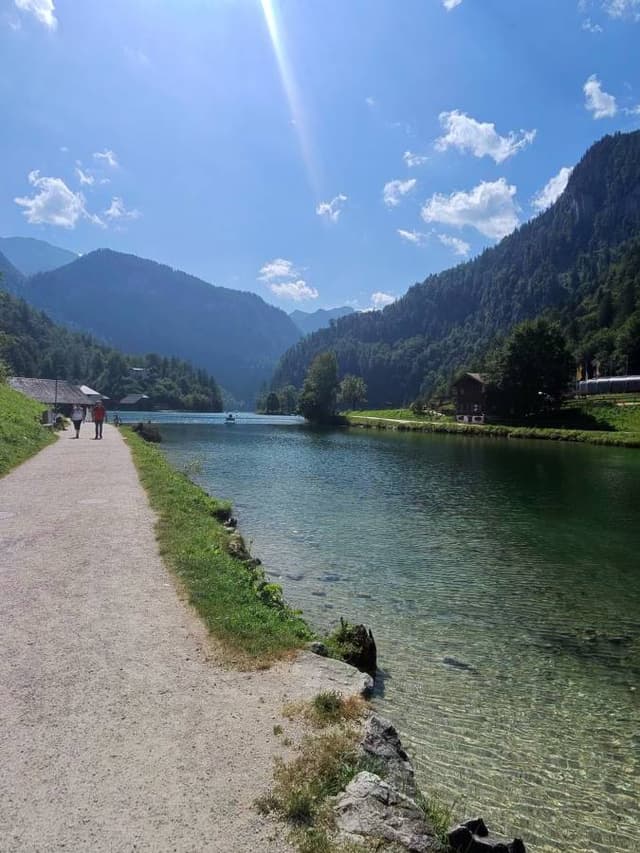
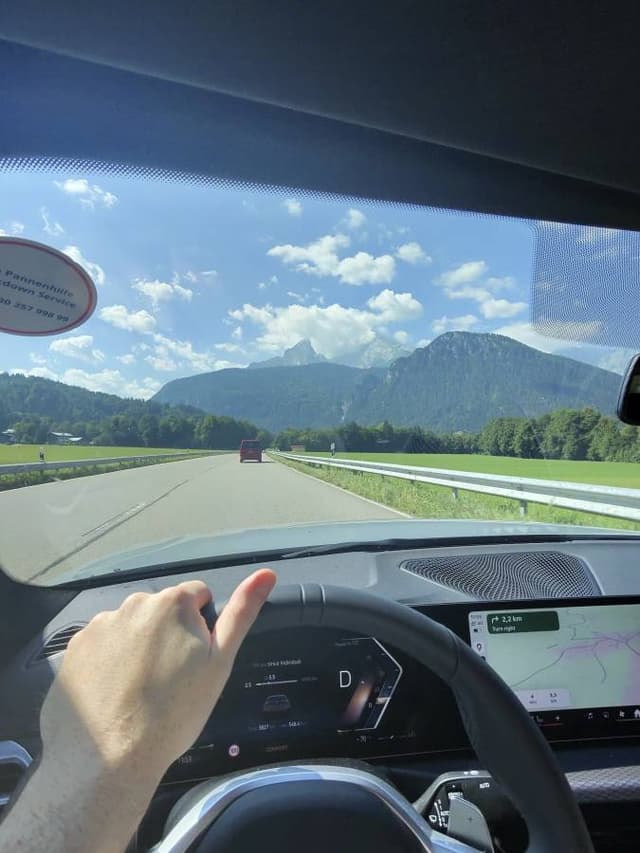
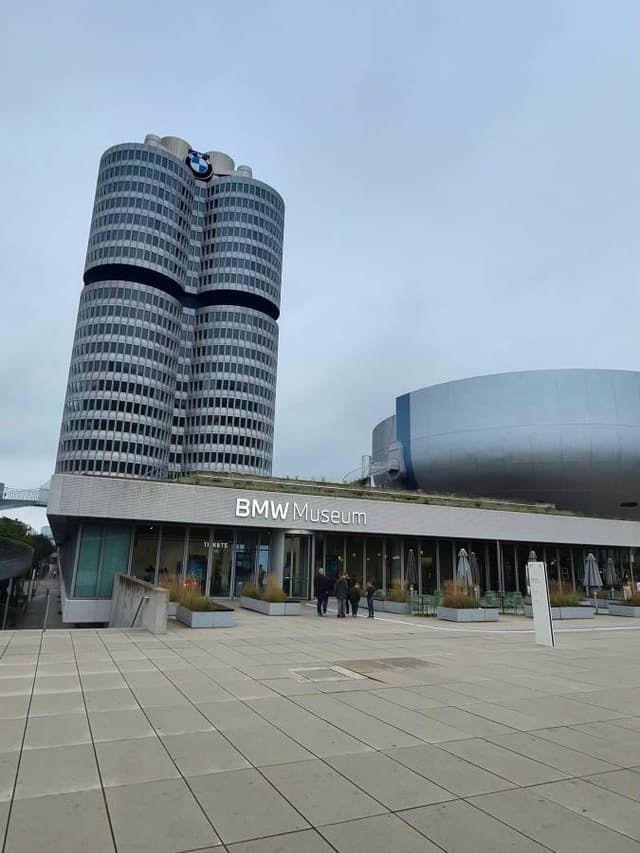
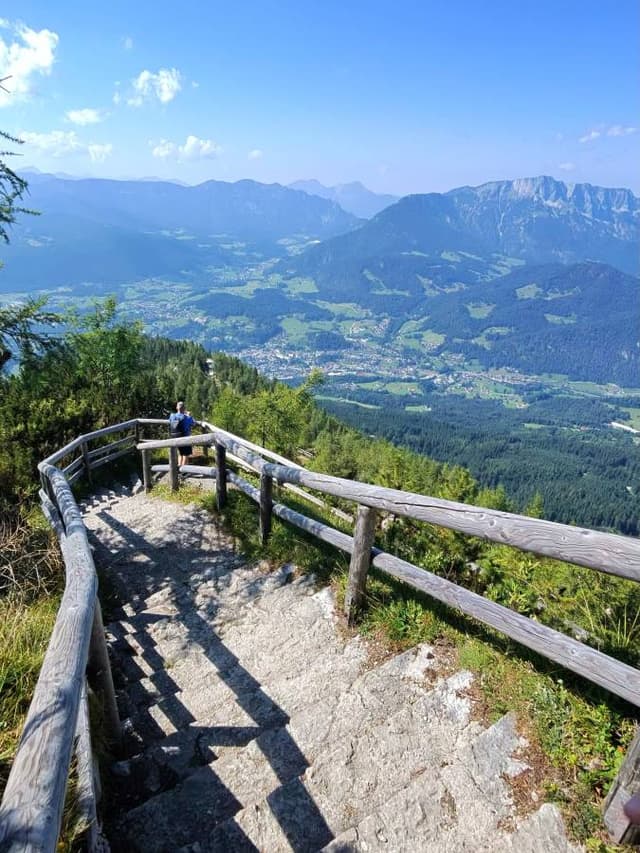



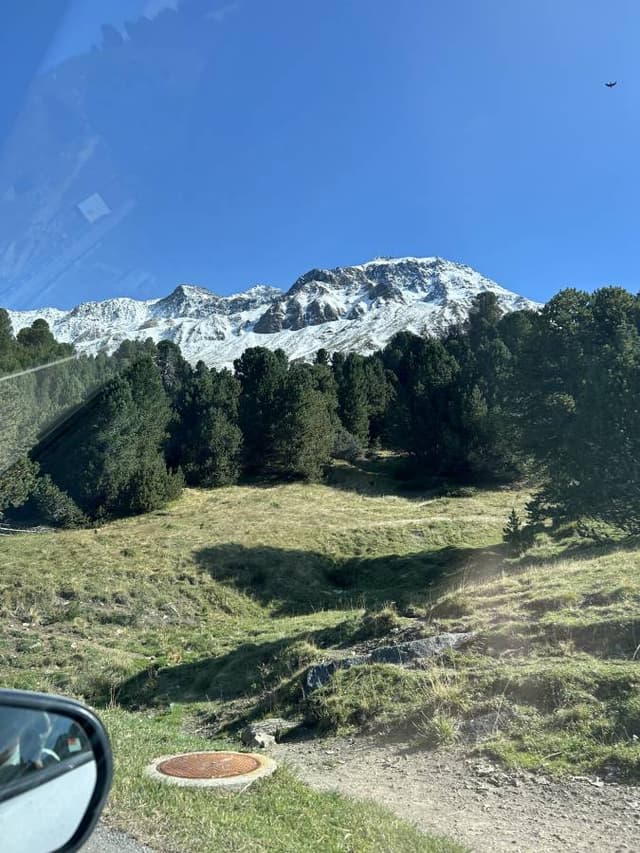


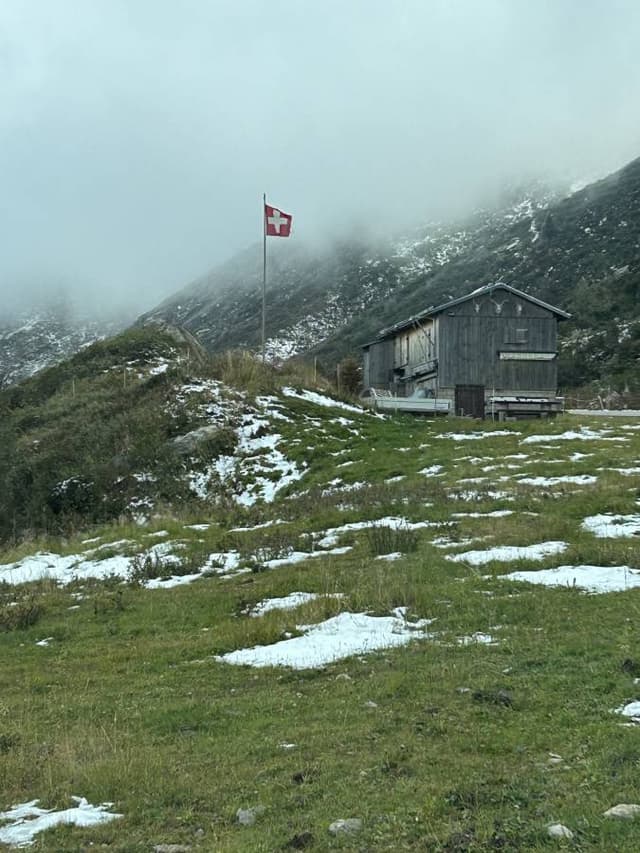

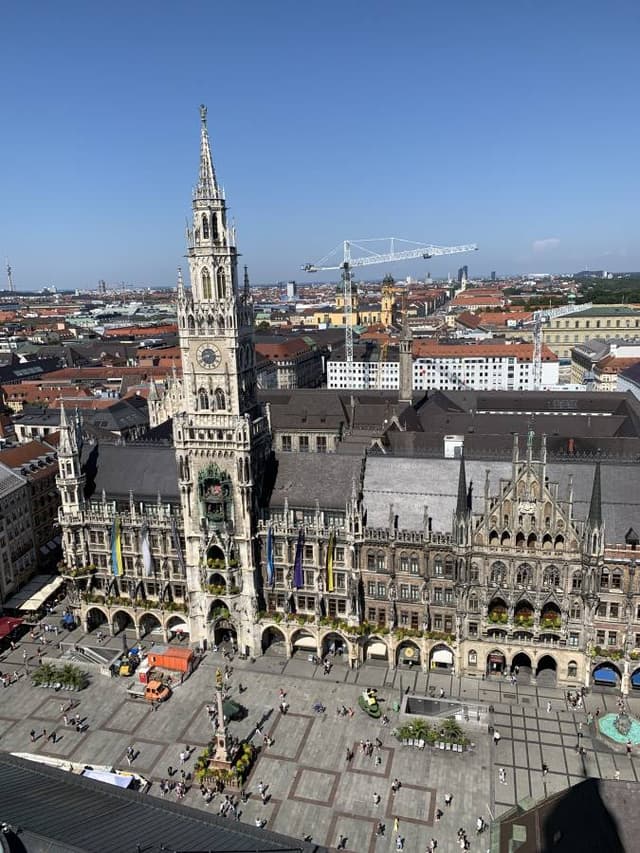






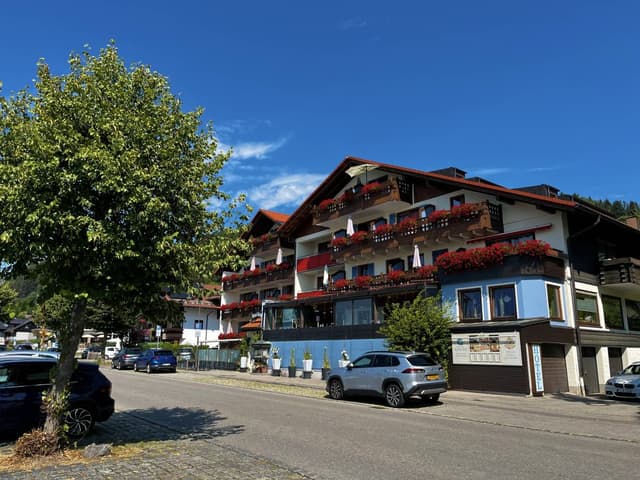

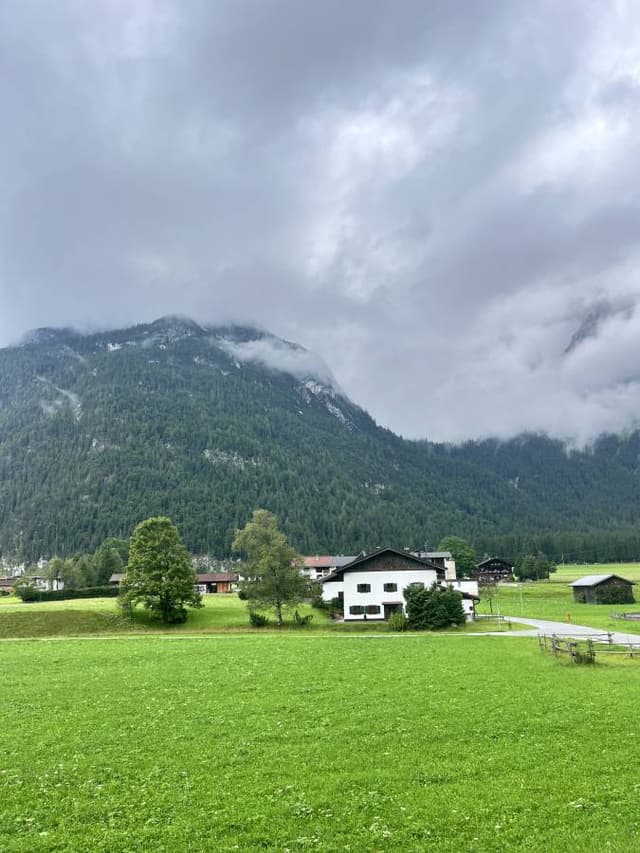




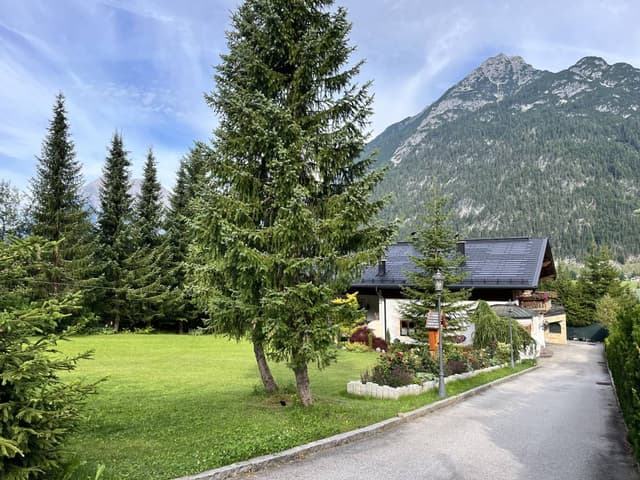

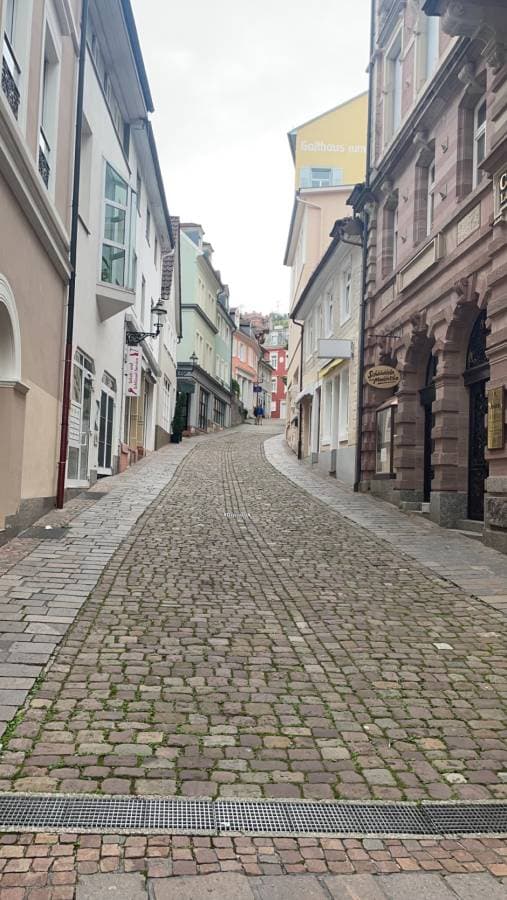




Car rental statistics
Top 20 suppliers in Germany in 2025



















Award-winning service
Highly recommended by our customers
Save even more with our mobile app



Sign up for our newsletter




